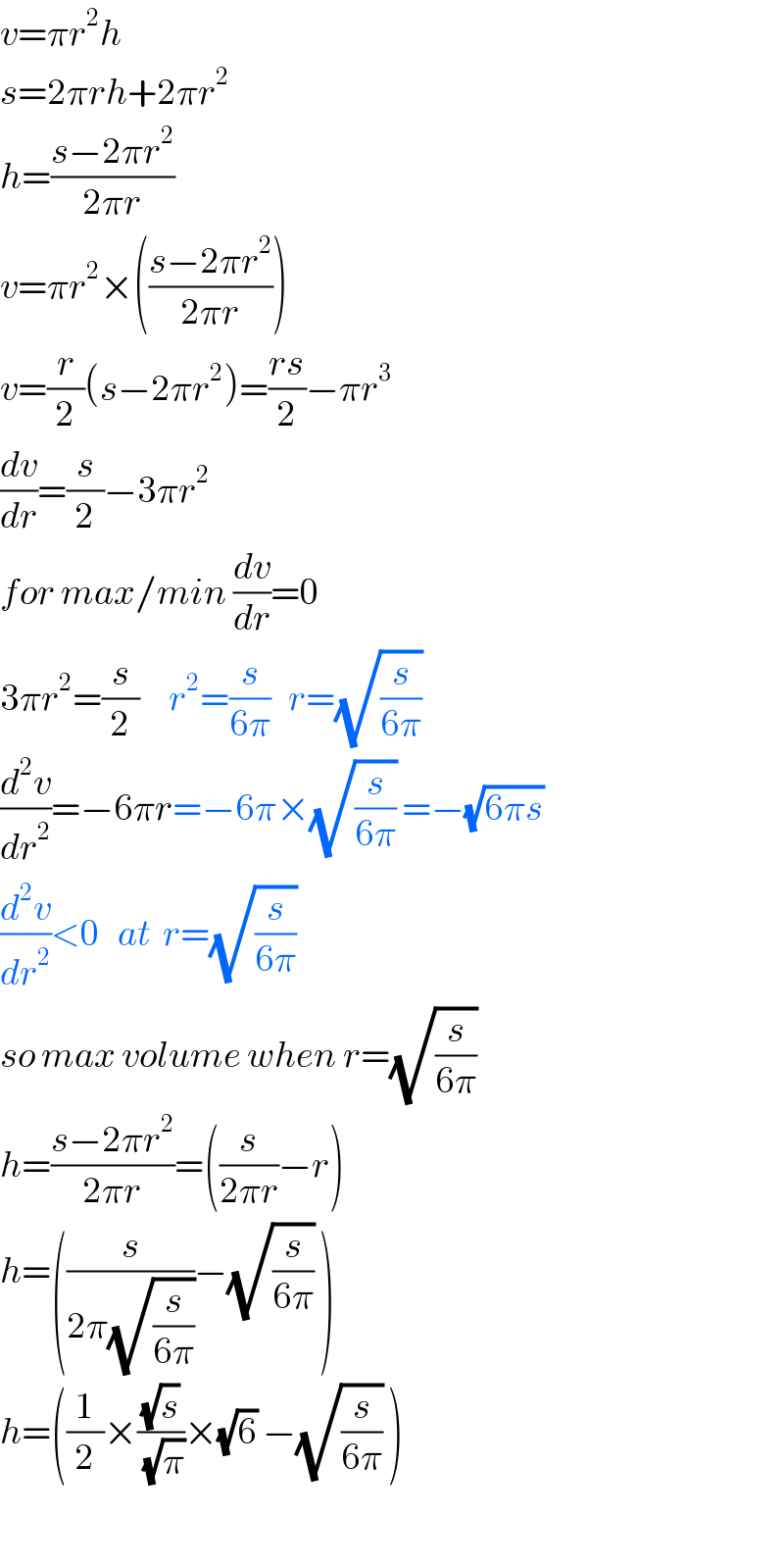
Question and Answers Forum
Previous in Differential Equation Next in Differential Equation
Question Number 49678 by Rio Michael last updated on 09/Dec/18

Commented by Rio Michael last updated on 09/Dec/18

Answered by tanmay.chaudhury50@gmail.com last updated on 09/Dec/18

Commented by Rio Michael last updated on 09/Dec/18

Commented by tanmay.chaudhury50@gmail.com last updated on 09/Dec/18

